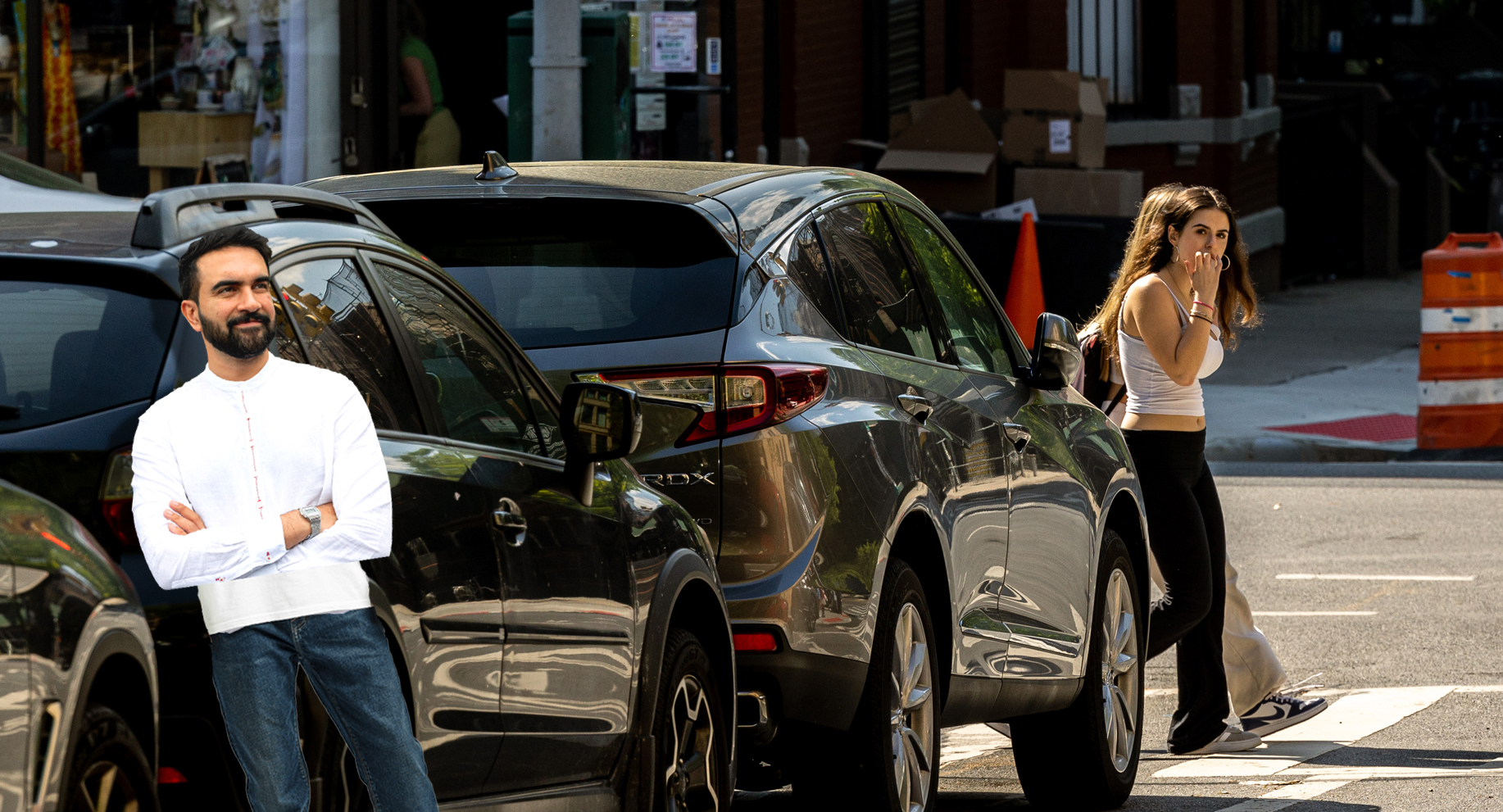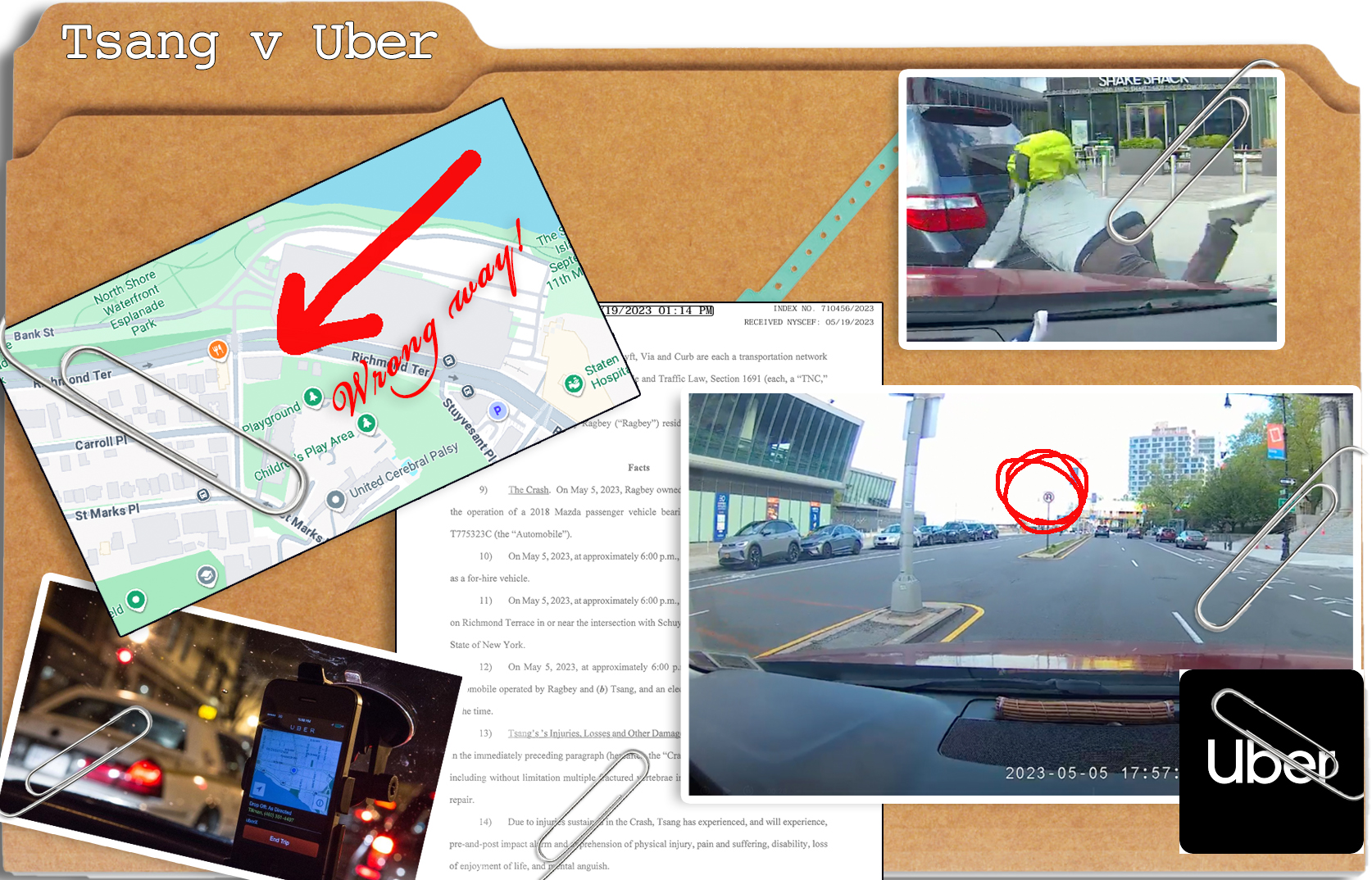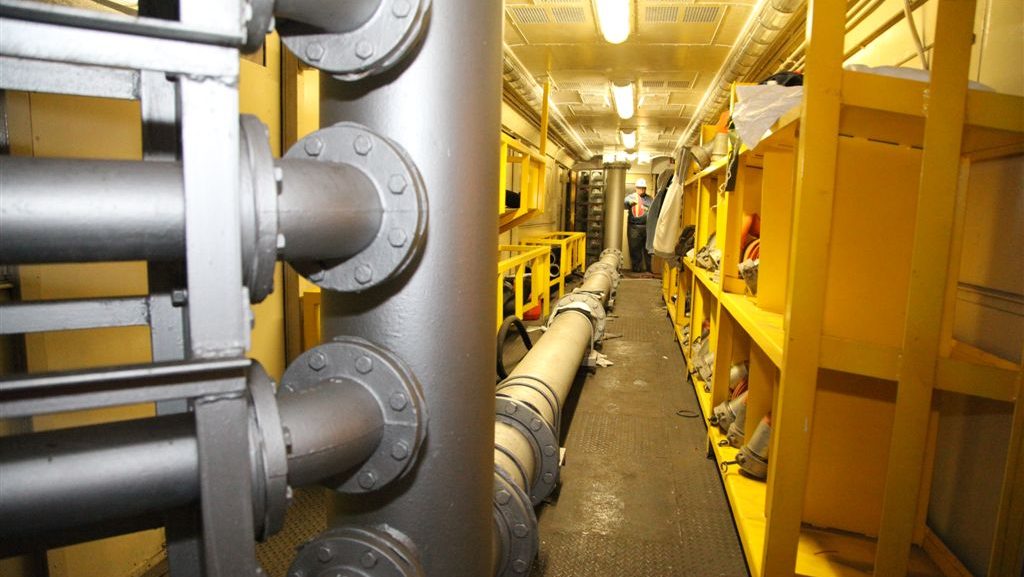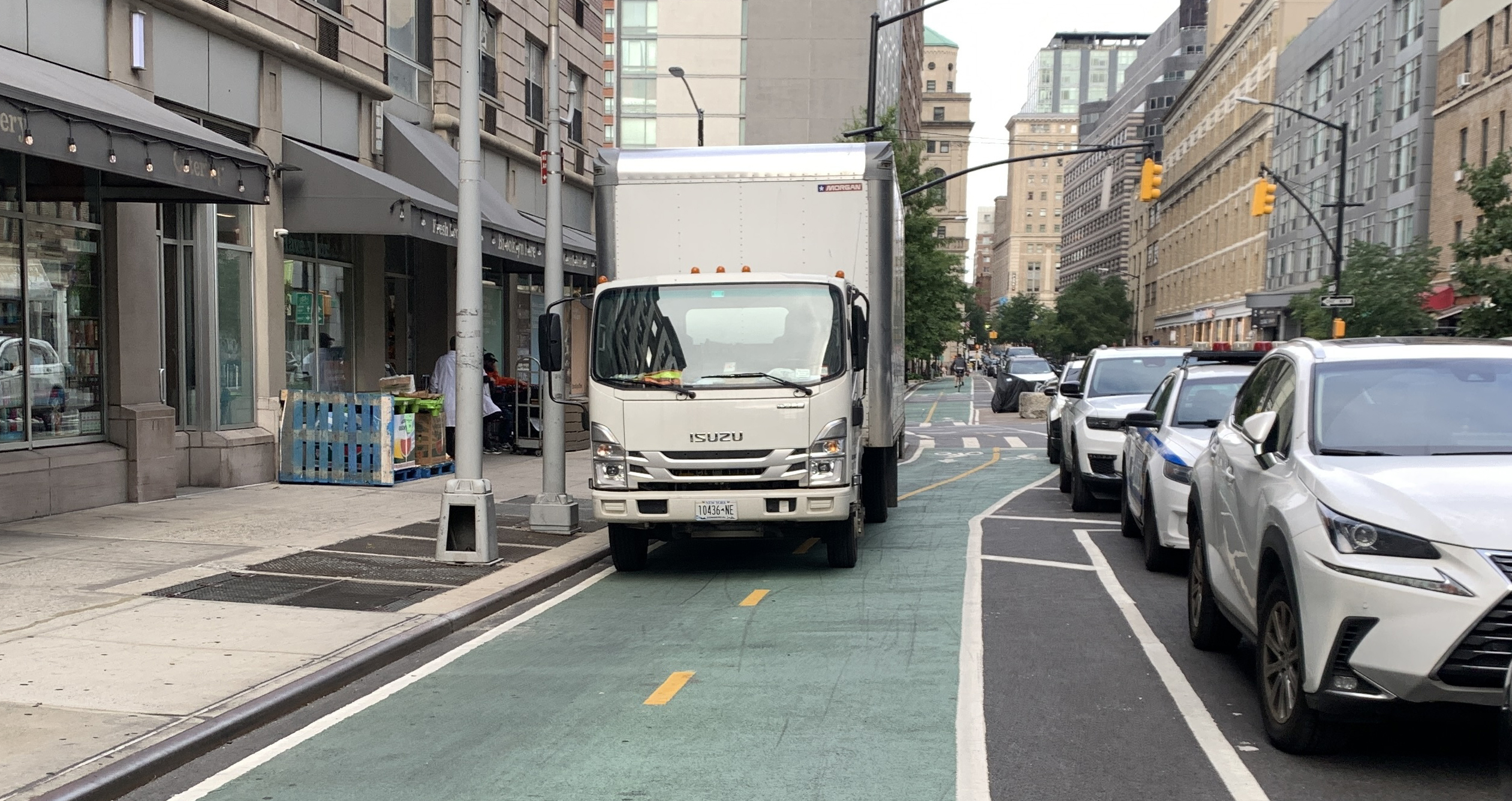Parts of Lower Manhattan are still underwater. Subway service is down indefinitely. New Jersey Governor Chris Christie said the Jersey Shore will never be the same. Analysts are putting Sandy's cost at $50 billion, but that's basically a wild guess.
What's perhaps the scariest thing of all is the idea that this could be the new normal in the United States. America will recover from Sandy, but can we afford more storms like this?
Following the storm, James Rowen at Network blog the Political Environment noted that some top New York elected officials have resuscitated the moribund discussion of global warming in the political sphere:
I'd observed a couple of days before Sandy hit that climate change had disappeared from the campaign, but would surely be on the front burner when the rain stopped.
New York City Governor Andrew Cuomo and New York City Mayor Michael Bloomberg have weighed in.
Rowen brings home the urgency with an excerpt from climate expert Dan Miller recently posted in the New York Times' Dot Earth blog:
We have increased CO2 levels in the atmosphere by about 40% in the last 100 years (mostly the last 50 years) on the way to doubling later this century. The Earth has warmed up about 0.8°C (1.4°F) already due to the extra greenhouse gases we put in the atmosphere and it would have warmed even more if we weren’t also putting up smoke that reflects sunlight. This warming has increased Earth’s energy radiation to space, but the excess greenhouse gases are still trapping more heat than the Earth is radiating to space. This “energy imbalance” is about 0.6 watts/square meter. This doesn’t sound like much but it is equivalent to 400,000 Hiroshima atomic bombs going off every day (see my briefing for the math).
Extremely Hot Summers (“3-sigma” events) have increased 50X (5000%) in the past 50 years. There is 4% more water vapor in the atmosphere than 50 years ago. Average ocean temperatures have increased (90% of global warming energy goes into the ocean). The Arctic sea ice just reached its lowest level in thousands of years and in a few years you will be able to sail a boat to the North Pole for the first time in human history.
It will be telling to see if either of the presidential candidates bring this up in the final days of the campaign.
Elsewhere on the Network today: Copenhagenize says that Denmark's 180 percent tax on driving is a policy that's so widely accepted, locals barely notice. Bike Portland surveys Lower Manhattan following the storm and finds it devastated but surprisingly bikeable. And Bike Walk Lee highlights an all-too-common dispute between South Florida residents and FDOT over the agency's myopic disregard for pedestrian safety.






